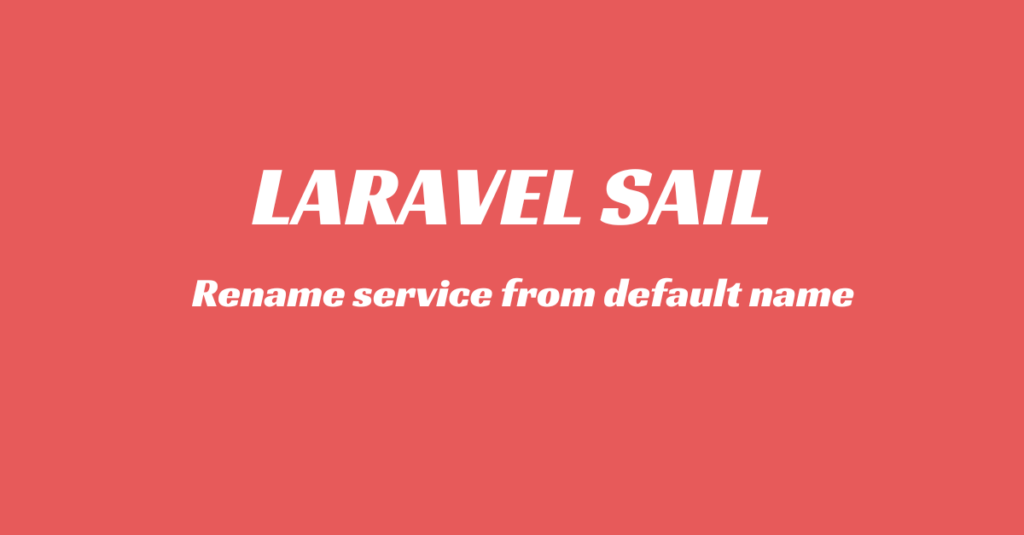What is Laravel Atomic Cache Locks?
Laravel Atomic Cache Locks are a simple and powerful way to handle race conditions and concurrency issues in your applications. Race conditions occur when two or more processes try to access or modify the same data at the same time. Without proper control, this can lead to duplicate actions, inconsistent data, or critical bugs.
In this article, we’ll explain race conditions, how Laravel atomic cache locks prevent them, and provide easy-to-follow examples and best practices to safely control concurrent operations in your Laravel projects.
Real-World Example: The Double Order Problem
Imagine you are building an e-commerce app. Two customers click “Buy Now” at the exact same second for the last available item.
Without a lock, this could happen:
- Request A checks stock — it’s 1.
- Request B checks stock — it also sees 1.
- Both requests proceed to place an order.
The result? You sell two items when only one existed.
This is a classic race condition, where two operations race to complete and the outcome becomes unpredictable.
Think of it like a single restroom with no lock. Two people rush in at the same time — chaos! When someone locks the door, the other must wait. Laravel Atomic Cache Locks work the same way. They ensure only one process can access critical code at a time, preventing duplicate actions and maintaining data integrity.
A race condition happens when two or more processes try to read and write the same data at the same time, causing unexpected results.
What Are Atomic Operations?
An atomic operations is all-or-nothing. Either it succeeds completely, or it doesn’t happen at all. In Laravel, atomic cache locks make critical sections safe from race conditions by letting only one process acquire a lock at a time.
How Cache::lock() Works
Laravel provides a simple API:
$lock = Cache::lock('process-order', 10);
This creates a lock named process-order for 10 seconds. Only one process can hold this lock at a time.
Supported Drivers:
- Redis (recommended for production)
- Memcached
- DynamoDB
- database
- file
- array
If you’re using Redis, Memcached, or DynamoDB, your locks will be distributed across instances. If you use file or array, locks are local to the server or request, so they are only useful in single-instance setups.
Environment Setup
Before using atomic cache locks, make sure you have:
- Laravel 8.x or newer
- A cache driver that supports locking (e.g. Redis, Memcached, or database).
- For
database locks, you should have the migration for cache_locks (or cycle through cache:table)
Add the following to your .env:
CACHE_DRIVER=redis
REDIS_HOST=127.0.0.1
REDIS_PORT=6379
Laravel will now handle locks using Redis.
Implementing Atomic Locks in Laravel
Step 1: Acquire the Lock
use Illuminate\Support\Facades\Cache;
$lock = Cache::lock('place-order-123', 10);
if ($lock->get()) {
try {
processOrder($orderId);
} finally {
$lock->release();
}
} else {
Log::info('Order 123 is already being processed.');
}
This ensures only one request processes the order, preventing duplicate actions.
Step 2: Wait for the Lock (Optional)
Cache::lock('generate-report', 10)->block(5, function () {
generateReport();
});
-
- Waits up to 5 seconds for the lock.
- Runs code safely when the lock is available.
- Automatically releases the lock after execution.
Step 3: Release the Lock Safely
Always release manually if you acquire it yourself:
try {
if ($lock->get()) {
doSomethingCritical();
}
} finally {
$lock->release();
}
Practical Use Cases
1. Prevent Duplicate Actions
Double clicks or refreshes can trigger the same process multiple times. Locks prevent this:
$lock = Cache::lock("order:{$order->id}", 5);
if ($lock->get()) {
confirmOrder($order);
$lock->release();
} else {
return response()->json(['message' => 'Order is already being processed.'], 409);
}
2. Managing Cron Jobs Across Servers
Ensure scheduled tasks run once even in multi-server setups:
$schedule->call(function () {
$lock = Cache::lock('daily-report', 3600);
if ($lock->get()) {
generateDailyReport();
$lock->release();
}
})->daily();
3. Unique Queued Jobs
Use ShouldBeUnique to prevent overlapping jobs:
class ProcessReport implements ShouldBeUnique
{
public function handle()
{
// Runs only once at a time
}
}
Laravel uses atomic locks internally to enforce uniqueness.
Best Practices
- Use clear, unique lock names (e.g., order:123).
- Set appropriate lock durations — not too short or too long.
- Always release locks using
finallyblocks. - Log failed lock attempts for monitoring.
- Use separate cache connections for locks to avoid accidental deletion.
- Handle exceptions inside lock blocks to prevent stuck locks.
Common Pitfalls
| Mistake | Problem | Solution |
|---|---|---|
| Forgetting to release | Stuck locks | Use finally blocks |
| Short lock duration | Task may run twice | Use realistic durations |
| Generic lock names | Collisions | Use descriptive names |
| Clearing cache | Deletes locks | Use separate Redis DB |
| Ignoring failed locks | Missed events | Handle or retry gracefully |
Conclusion
Laravel Atomic Cache Locks are simple, effective, and essential for preventing race conditions in your Laravel apps. They help you safely handle concurrency, avoid duplicate actions, and maintain data integrity.
Use them to ensure your Laravel applications are reliable, race-free, and production-ready.
For more details, check the official Laravel Cache Locks documentation.
For more insightful tutorials, visit our Tech Blogs and explore the latest in Laravel, AI, and Vue.js development.


